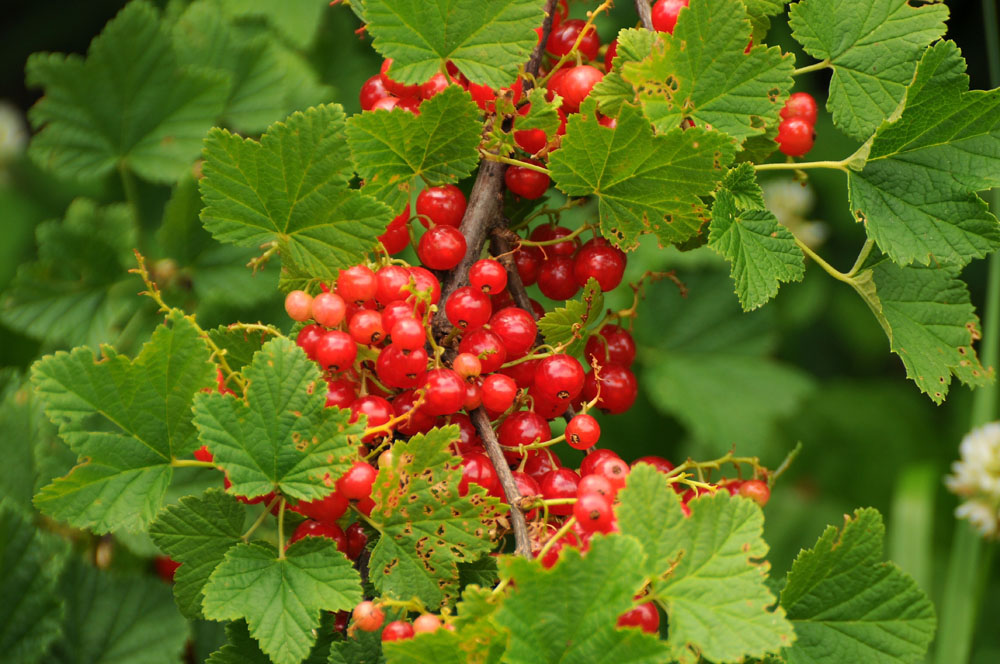Description
Ribes – Flowering Currant – Currant –
There are about 150 species of mainly deciduous, occasionally evergreen, sometimes spiny shrubs in the Grossulariaceae family, in this genus. They are widely distributed in woodlands, scrub, and rocky places mostly in the Northern temperate region with a few occurring in South America. Some species, such as blackcurrant (R. Nigrum), redcurrant (R. Rubrum), and gooseberry (R. Uva-crispa), are grown for their edible fruits. Those described here are grown primarily for their flowers. They can grow to 10′ feet tall and have long, arching stems which may be reddish brown and carry mid green leaves which are alternate and often 3 to 5 lobed, often with scalloped or toothed edges and a covering of bristly hairs beneath. Few provide a dash of orange and/or red color in autumn before dropping. Small, tubular cup or bell shaped flowers, sometimes fragrant, and with 4, rarely 5, larger, spreading sepals, are held singly or in pendent racemes mostly in spring or summer. The many seeded berry like fruits are spherical or ovoid, and vary in color from red or black to green or white. Grow in a shrub border, R. laurifolium is best where it’s late winter flowers can be seen, R. speciosum and R. viburnifolium are attractive grown against a wall. R. sanguineum may be used as informal hedging, R. alpinum may be sheared into a formal hedge. Some species are not self fertile and must be palnted in groups to ensure good fruiting.
Grow in moderately fertile, well drained soil in full sun. R. laurifolium will grow well in partial shade. R. sanguineum ‘Brocklebankii’ should be shaded from hot sun. Trim hedges after flowering.
Prone to aphids, caterpillars, scale insects, dieback, downy mildew, anthracnose , powdery mildew, rust, white heart rot, and septoria leaf spot. Some are host to white pink blister rust but there are disease resistant cultivars.
R. alpinum – Alpine Currant – Mountain Currant – This compact, mound forming, deciduous shrub from North and Central Europe and Russia extending into North Africa grows 2-6′ feet tall and 3-6′ feet wide. It has young, smooth purple-red stems which as it ages begins to flake off. It produces rounded, 3 to 5 lobed, serrated, mid green leaves, paler beneath are 2″ long and wide. In spring it bears bell shaped, greenish yellow flowers (males and females on separate plants) in erect racemes of 7-15, to 1 ½” long, followed on female plants by bitter, spherical, scarlet fruits, 1/4″ long held in large bunches. Tolerate heavy shade.
Zones 2-6





